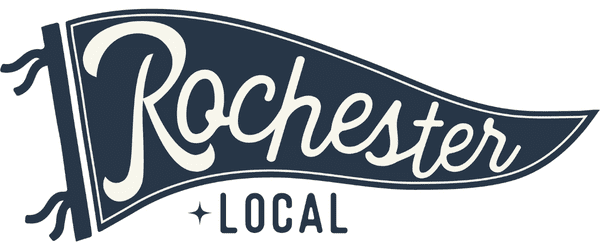
My grandfather was a pediatric allergist who practiced from the 1930s until retirement in the mid-1980s. Just like the advice he gave patients, my parents used the mantra “no eggs or orange juice before age 1” when it came to introducing food to my brother and me (born in the 1960s). Naturally, I took the same approach when my daughter was born in 2006.
Well, I tweaked it a bit. Knowing that the most allergenic part of the egg was the white, I introduced scrambled egg yolks to my daughter at age 11 months. An excellent source of protein. Not sure how I missed the pinkness that seemed to erupt around her mouth after breakfast on a regular basis.
For her first birthday, I ordered an adorable cake shaped like a duck with an accompanying baby duck for her smash cake. She delighted in attacking all that sugary goodness (with egg hidden inside). And as the guests departed, I noticed that her body was covered in hives. We watched her vigilantly, and as there was no respiratory distress, took the “watch and wait” approach. On Monday morning, I contacted her pediatrician, who ordered blood work.
My daughter’s tests came back positive for an egg allergy. And we came home with an Epi-pen. Two things we learned (this was our situation; I’m not a medical expert):
-
Repeat exposure to eggs could lead to an anaphylactic reaction
-
Our daughter would likely outgrow her egg allergy before kindergarten
And, so, while I was optimistic, I was also cautious.
I learned while reading food labels that there were “secret” words that meant the food contained eggs. Words like albumin and globulin. We took our own baked goods to birthday parties and learned to navigate food in others’ homes and in restaurants. As she could not advocate for herself at first, we asked lots of questions about food preparation and ingredients. When we sent her off to preschool, we instructed her to eat only the food given to her by a teacher (of course, I checked the labels on the snack at drop-off). Her kindergarten teacher had special egg-free snacks for her when students brought in birthday treats.
We became an egg-free home the day my daughter was diagnosed. But egg-free didn’t mean saying goodbye to every food. We still had pancakes, waffles, baked goods. I just made fake “eggs” while baking.
Here’s my “egg” replacement recipe:
1 ½ tablespoons canola oil
1 ½ tablespoons water
¾ teaspoon baking powder
Just whisk it with a fork and you’ve got one egg!
Obviously, you can’t scramble it, but added to a recipe, it is a perfect consistency and binds ingredients just like an egg would.
While my daughter didn’t outgrow her allergy until the start of 2nd grade, we were lucky that she did. We started eating scrambled eggs for breakfast, and eggs returned to our baked goods. However, one recipe has remained egg-free. We all agreed Spring Cookies taste better without real eggs!

Spring Cookies
(we named them for the bright color and how happy they make us when the snow melts)
1 box white cake mix (read the label to make sure the mix is egg-free)
1 tsp baking powder
2 “eggs” ( 3 T canola oil, 3 T water, 1 ½ tsp baking powder), whisked
½ cup canola oil
½ tsp vanilla extract
1 cup brightly-colored sprinkles
- Preheat oven to 350 degrees.
- Combine the cake mix and baking powder.
- In a separate bowl mix the oil, vanilla extract, and “eggs.”
- Combine the wet ingredients with the dry.
- Mix in the sprinkles.
- Nibble on a little cookie dough. Go ahead, it’s egg-free.
- Place smallish balls of dough on a cookie sheet.
- Bake for 5 minutes. Rotate in the oven and bake for an additional 5 minutes.
- My oven is quirky, and I like lightly bake golden cookies. You may need to bake longer.
- Enjoy the cookies! Enjoy Spring!





